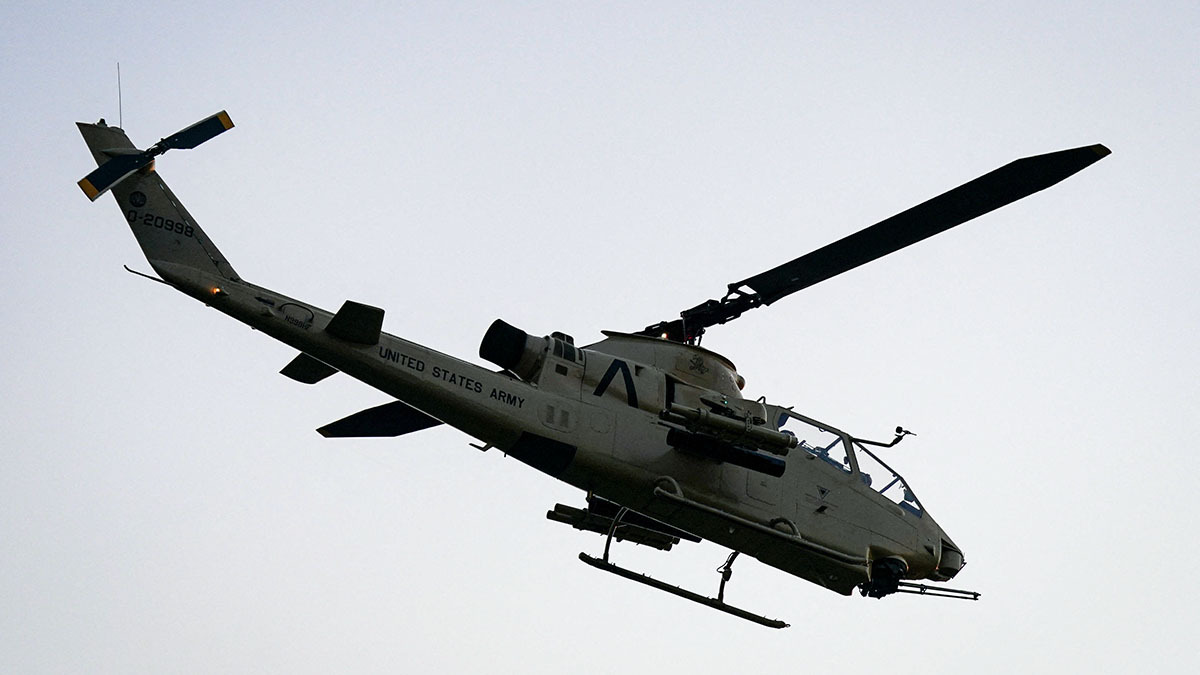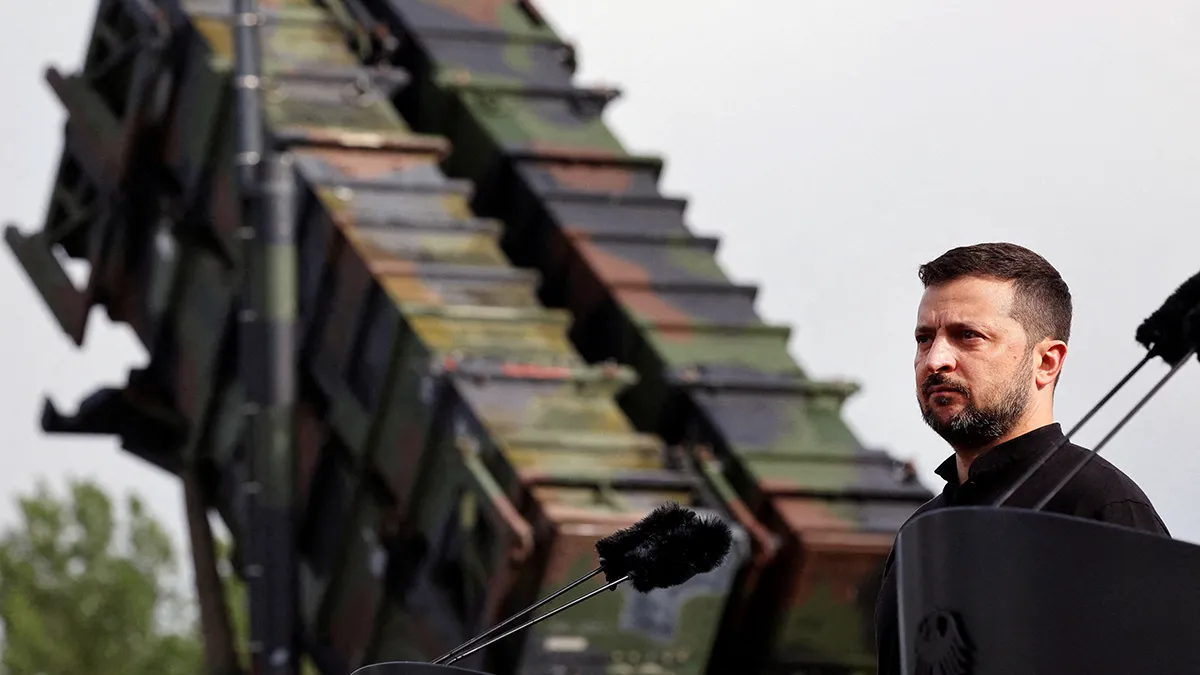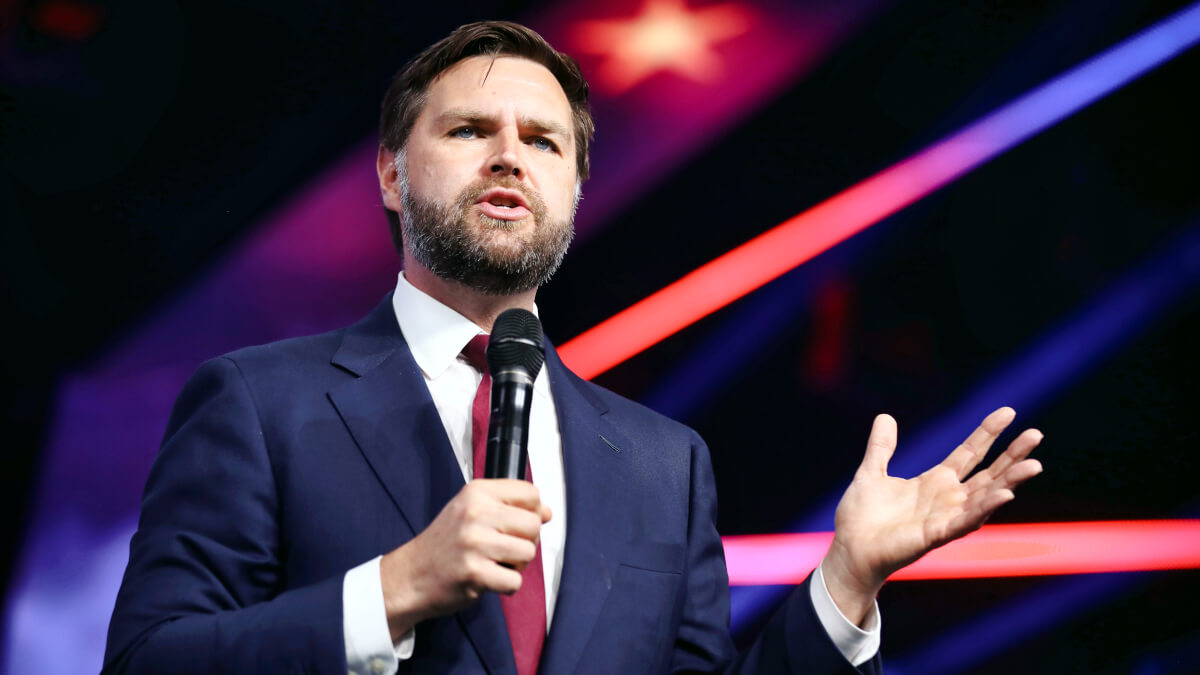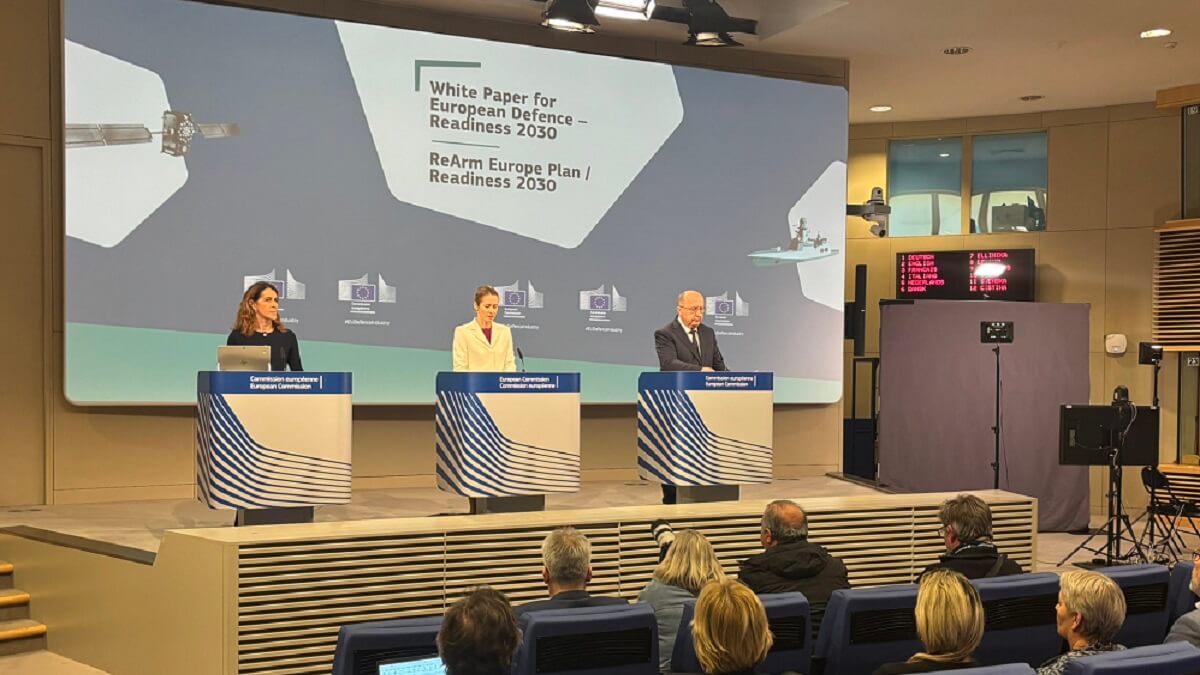The geopolitical scenario and the war in Ukraine are driving unprecedented investment in defence technology within Europe. Expeditions Funds, one of the continent’s largest venture capital firms, announced that it has already raised more than €100 million towards its target of €150 million by the end of the year.
Apart from Expeditions Funds, there were other rounds of financing, such as that of the German start-up Helsing, which raised €600 million, and Swarm Biotactics. In general, German companies receive the most because the country has already offered unlimited loans for defence.
Mikolaj Firlej, partner and co-founder of Expeditions Funds, told the Financial Times that the current situation is forcing Europe to start taking control of what is happening and to take action as soon as possible; it cannot ‘waste time’.
In 2025 alone, venture capital funding for defence technology start-ups amounted to $1.5 billion. This sector now accounts for 6.2% of total European venture capital funding. And this dynamic is expected to increase by 300% by the end of the year compared to 2019.

Bell AH-1 Cobra attack helicopter – REUTERS/ AL DRAGO
The European Bank has increased funding to €100 billion by 2025, with 3.5% earmarked for security and defence. France adopted a €413 billion military law until 2030 for innovation, space, cybersecurity and dual-use technology.
In April, the European Commission published a list of European Union funds demonstrating its desire to invest more in defence in the coming years after presenting the ReArm Europe plan in March. Euractiv asked Defence Spokesperson Thomas Reigner how much budget was being discussed, but he did not reveal any figures, although the ReArm Europe plan aims to mobilise up to €800 billion.
The European Council stated that ‘the initiatives in this plan aim to ensure that the European defence industry can produce equipment at the necessary speed and volume and facilitate the rapid deployment of troops and military assets across the EU and beyond’ in order to guarantee long-term security and benefits.
Brussels proposed at the time a special clause in the Defence Research and Development Funds and the Ammunition Production Support Act for EU members to transfer funds to the production of missiles and more ammunition.

Ukrainian President Volodymyr Zelenskiy observes during a visit to a military training camp to learn about the training of Ukrainian soldiers in the Patriot anti-aircraft missile system, at an undisclosed location in Germany, on 11 June 2024 – PHOTO/ JENS BUTNER via REUTERS
During this period, the initiative for the European Innovation Council to support the commercialisation and innovation of defence and dual-use technology in the future was revealed. ‘The aim is to foster a dynamic innovation ecosystem that accelerates the development and deployment of cutting-edge dual-use and defence technologies, such as AI and cybersecurity,’ Brussels explained in a statement.
The European Parliament announced in September that legislation in the Committee on Industry, Research and Energy “will increase funding for defence-related investments by modifying existing EU programmes (the Strategic Technologies for Europe (STEP) platform, Horizon Europe, the European Defence Fund (EDF), the Digital Europe Programme (DEP) and the Connecting Europe Facility (CEF) to direct EU funding towards defence.”
This was followed by MEPs wanting to facilitate the deployment and operation of defence-related Artificial Intelligence factories, finance the construction of transport infrastructure for civil and military use, as well as dual-use civil applications.
‘The funding rates of the European Defence Fund will be increased for SMEs and small mid-cap companies, allowing for EU co-financing of up to 100% for eligible projects,’ the European Parliament announced.
The Russian threat materialised in the war in Ukraine and airspace violations have triggered a dramatic increase in investment in defence technology start-ups. However, the point of no return in the use of venture capital was the speech by US Vice President JD Vance.

JD Vance, Vice President of the United States – Depositphotos
After Vance hinted that the alliance between the United States and Europe was in jeopardy, coupled with Donald Trump’s calls to spend more on defence, ‘we are reaching a point where these front-line funds are recognising defence technology as a viable opportunity,’ Firlej confirmed.
Europe is now taking the challenge of becoming independent from military imports more seriously by strengthening its defence industrial and technological base.
‘The EU is determined to be more sovereign, to take greater responsibility for its own defence and to be better equipped to act and address immediate and future threats and challenges autonomously, including Russia’s war against Ukraine and its implications for European security,’ the European Council said.
According to experts, EU members purchase half of their aircraft, missiles and ammunition from manufacturers outside the continent. And according to the Stockholm International Peace Research Institute, most of the arsenal purchased comes from the United States.
Added to all this, Europe has not taken sufficient account of the fact that space is also militarised, according to reports such as the CSIS’s Space Threat Assessment 2025. This is because there are weapons such as missiles launched from satellites, lasers and, of course, communication.
The United States and China allocate half of their public spending on space to defence, while Europeans allocate barely 15%, according to the director of the European Space Agency, Josef Aschbacher. That is why he advocates investing more in dual-use space systems.
Europe is now in an unprecedented military race forced by a geopolitical scenario marked by the United States, Russia and the constant reminder of its vulnerability if it does not take urgent action.
